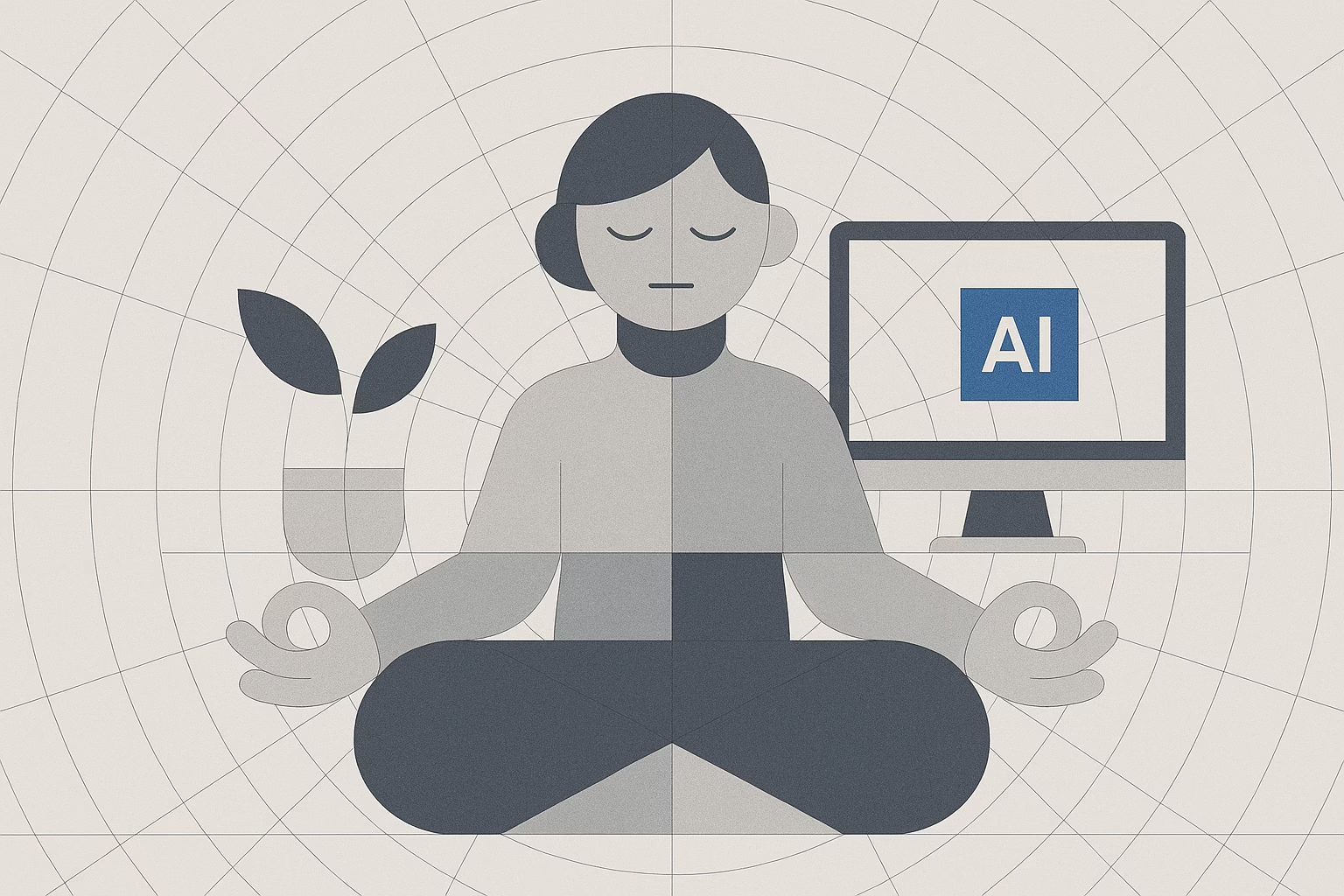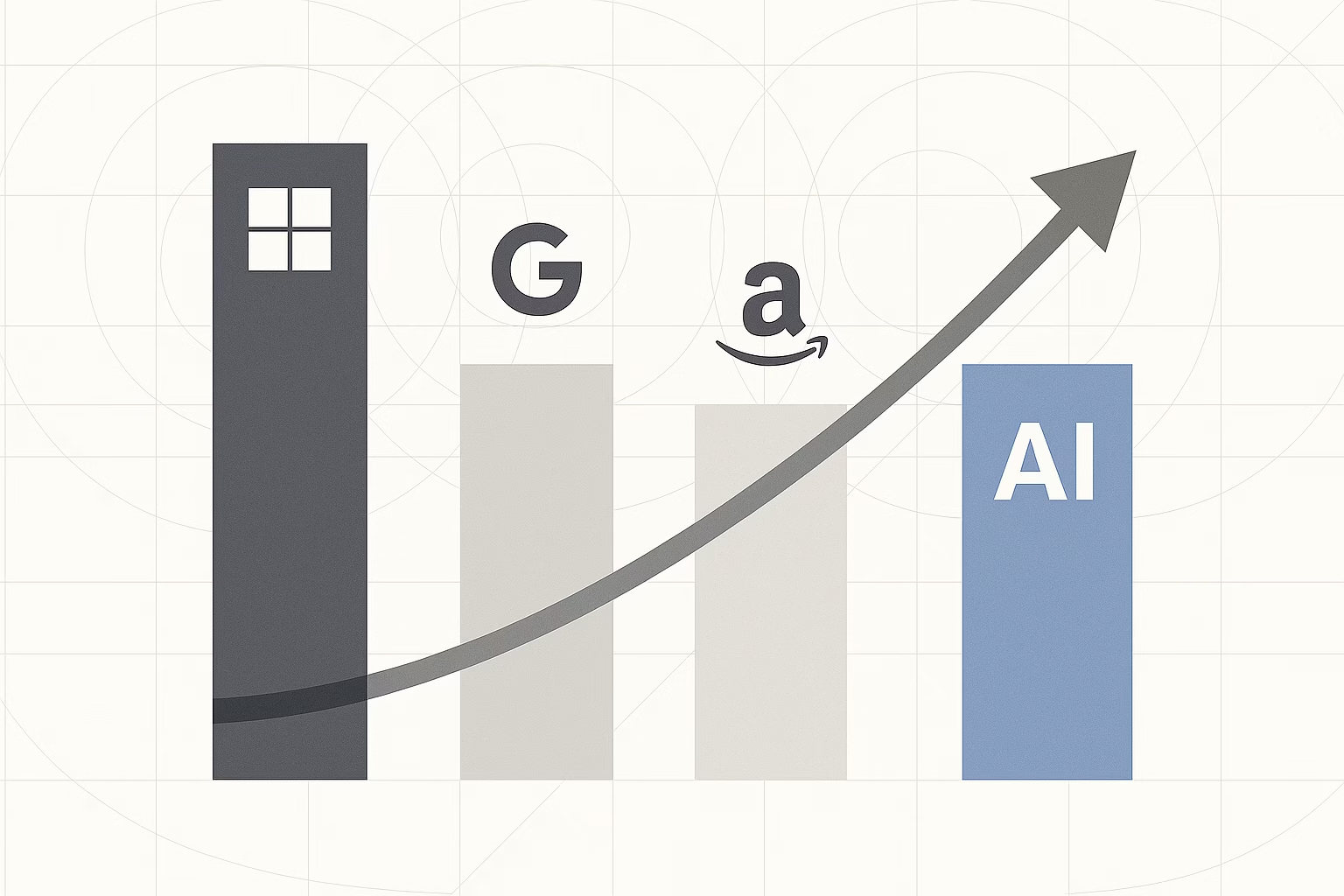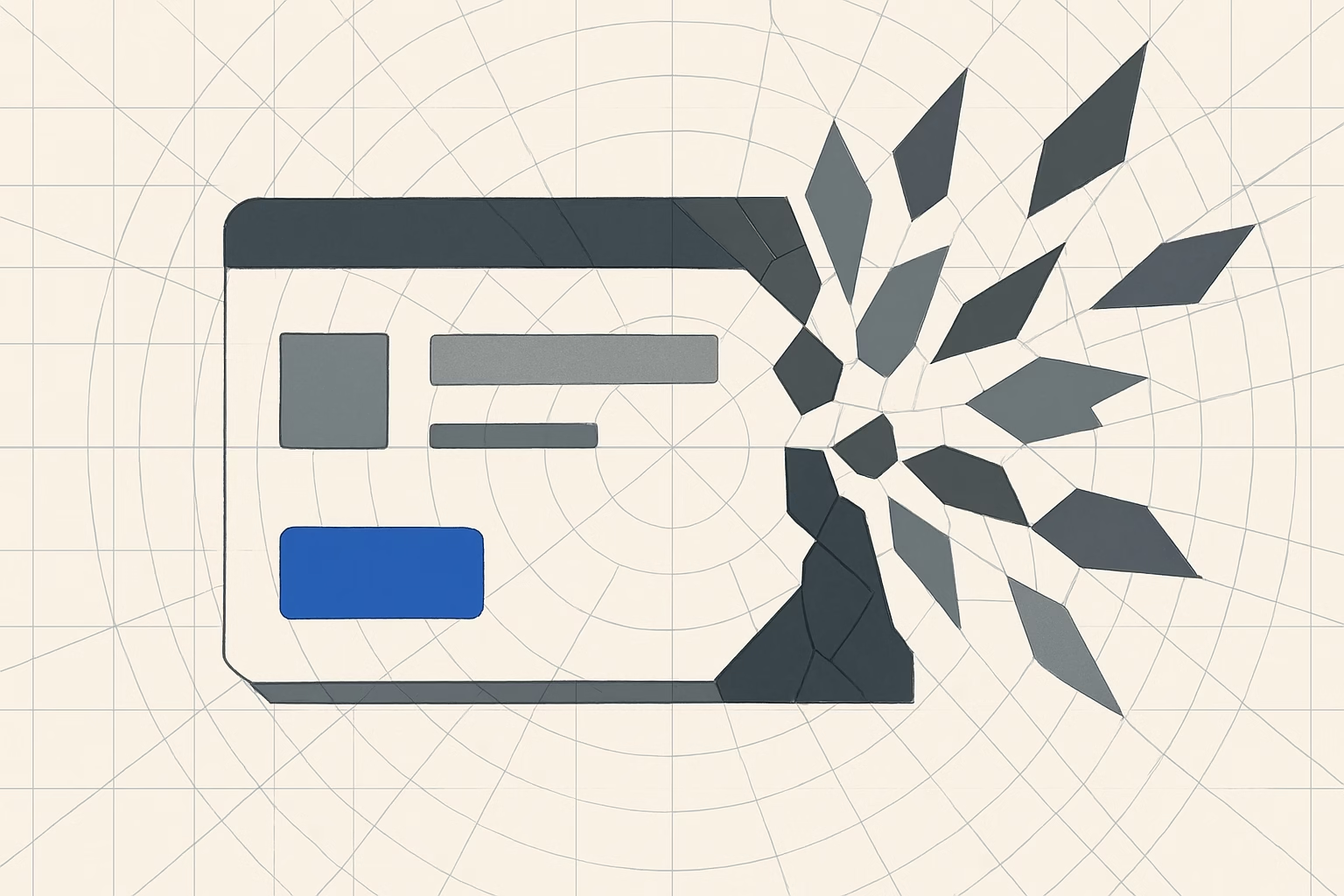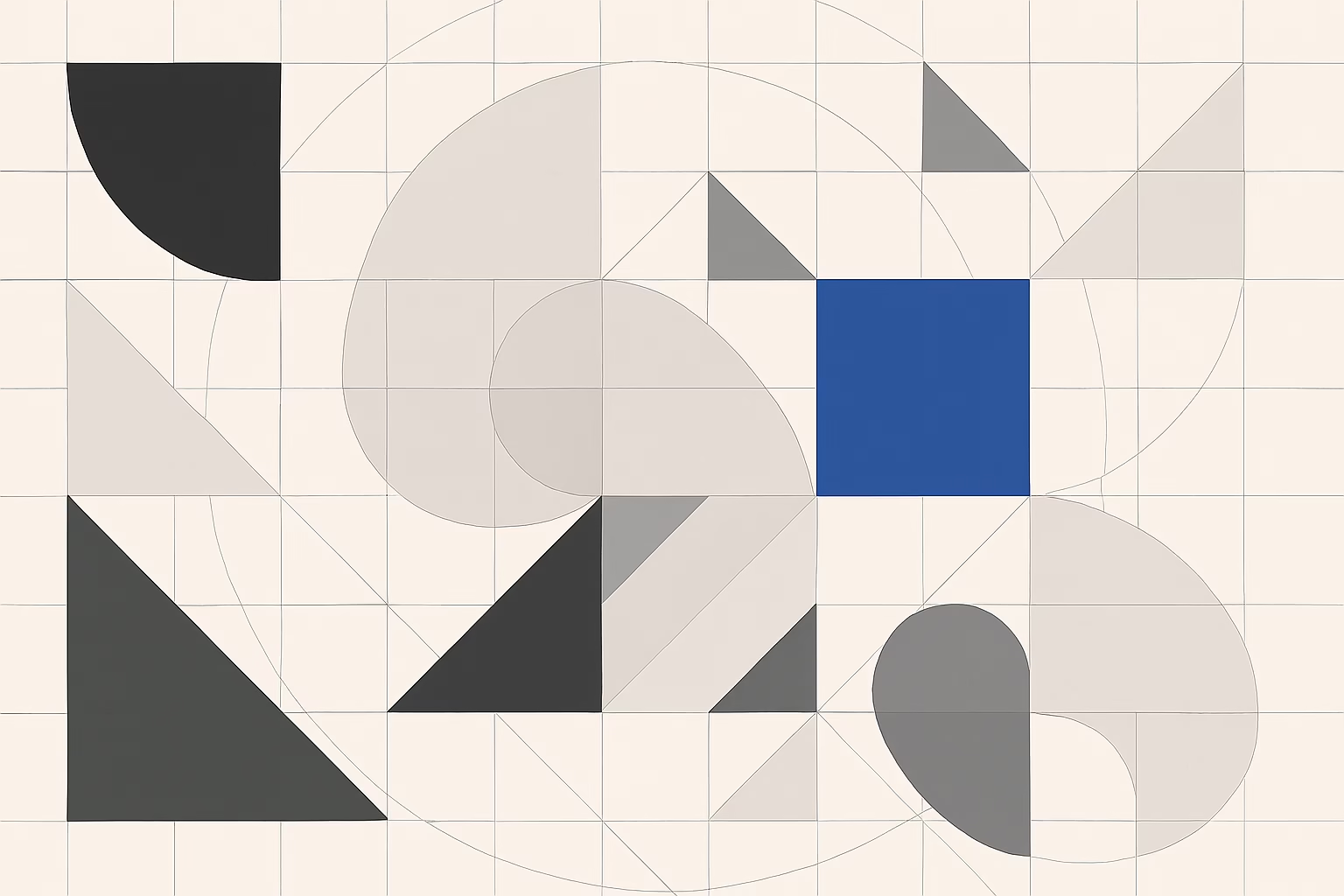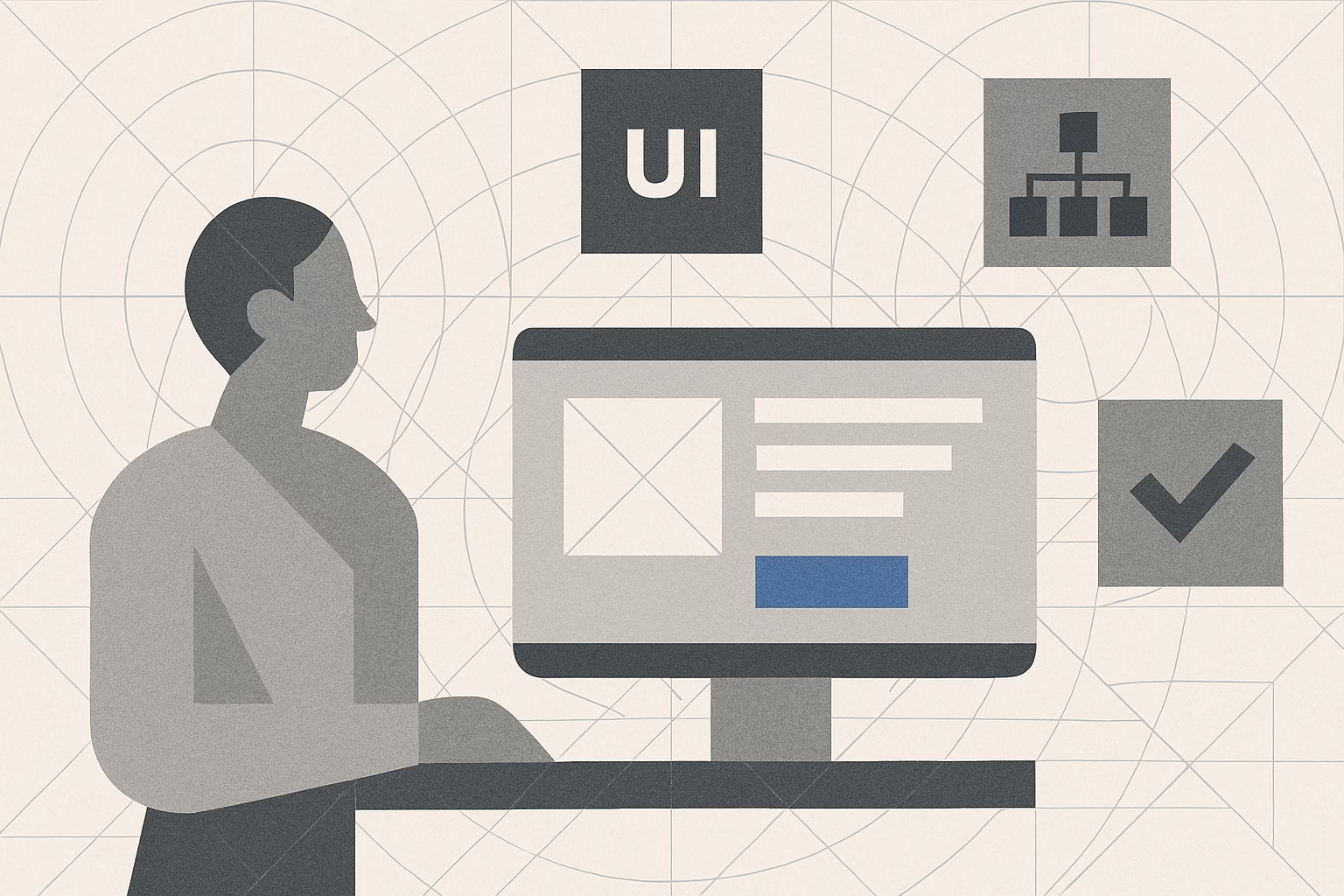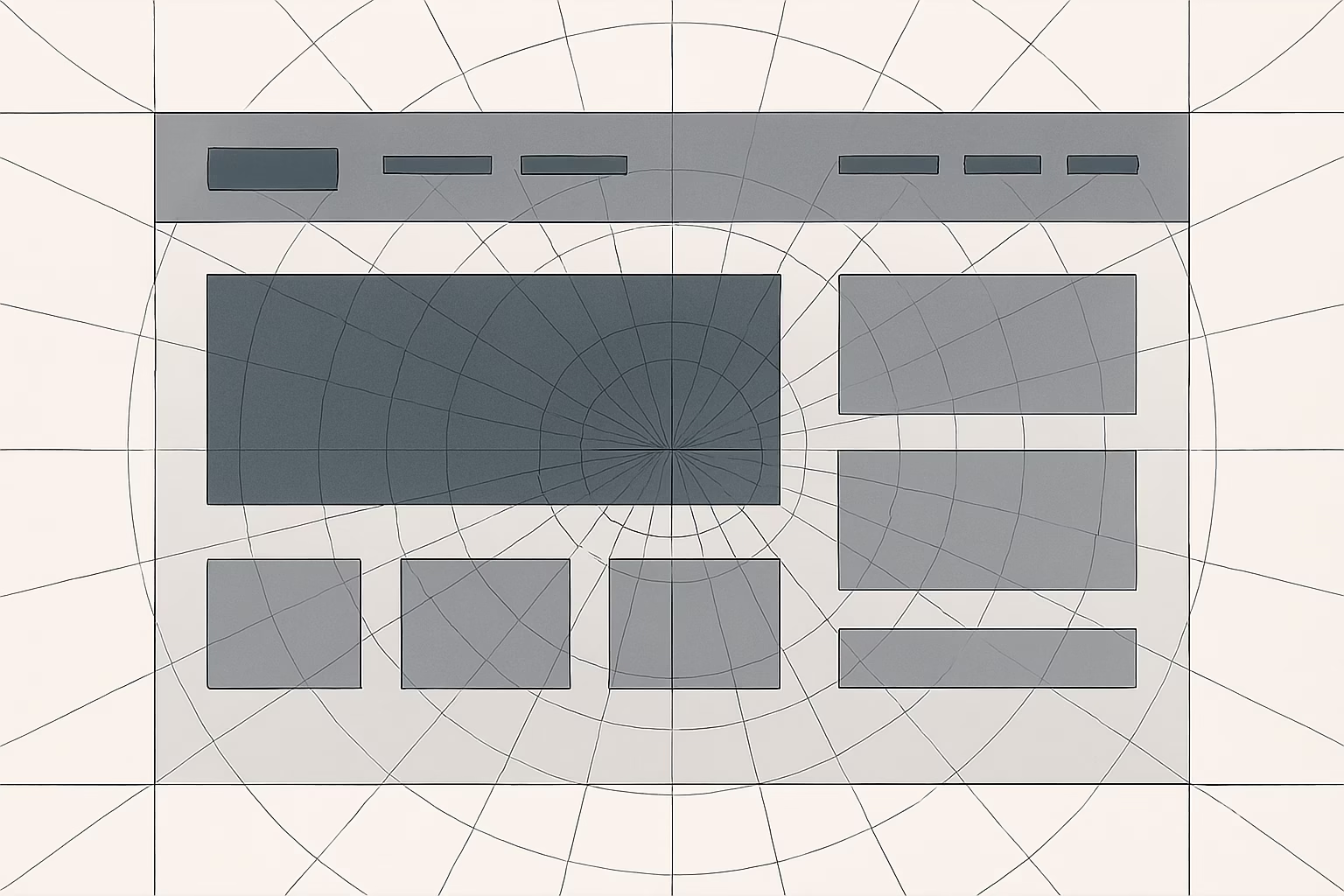Swarmed by relentless notifications and energy-draining interfaces, can designers craft experiences that restore focus, protect our planet, and honour human emotion? Discover simple steps toward a digital calm without sacrificing your innovation.
Bold opinions on UX patterns; ethical dilemmas; and industry discourse
Discover why Google, Microsoft, and Amazon have the AI Market Landscape locked down, how free services will win the day, and which company could emerge as a surprise fourth contender.
Right now, AI is a tug of war. In boardrooms it’s a cost‑cutter, in creative spaces it’s a threat. Both views miss the truth: used well, AI can protect the human spark and drive innovation at scale. But if leaders chase savings at the expense of quality, or creatives retreat in fear, the result is the same — stalled progress, eroded trust, and lost opportunity.
With every innocent AI query, data centers kick into overdrive, burning through 415 TWh of electricity and evaporating 560 billion liters of water in last year alone. If AI’s appetite doubles, we’ll face a power demand equivalent to adding another Germany to the power grid) enough water withdrawal to sustain 100 million people. This hidden resource drain is a silent environmental ticking time bomb.
Apple has once again shaken up the design world with its latest UI experiment, Liquid Glass. While the shimmering, translucent aesthetic may seem like a sleek modernization, it comes with a range of usability concerns that could set a troubling precedent for the future of UX. The revival of skeuomorphic elements attempts to blend nostalgia with innovation, but at what cost? Designers and users alike are finding themselves frustrated by readability issues, distracting animations, and accessibility oversights that undermine the core principles of intuitive interaction.
In this critical UX analysis, we dissect Liquid Glass, exploring how its design choices create friction rather than fluidity. From text that fades into oblivion to interface elements that feel more ornamental than functional, this update poses significant challenges that Apple needs to address before it reshapes industry standards. As digital design continues to evolve, one question remains: is Liquid Glass a glimpse into the future, or a cautionary misstep that prioritizes aesthetics over usability?
Uncover the hidden layers of cultural debt—the less visible, yet critical, organizational pitfalls that can derail product innovation and disrupt team dynamics. This comprehensive guide explores how cultural debt manifests, its impact on products, and actionable strategies to diagnose and overcome it for lasting organizational success.
User experience design is more than a pretty interface—it’s about solving problems and ensuring users achieve their goals with ease. However, even experienced designers can fall into common pitfalls that negatively impact usability. Let’s dive into the top 5 UX design mistakes and how you can avoid them to create more effective, user-centric products.
Choosing the right Framer template can transform your design workflow. This in-depth comparison examines free versus premium Framer templates, outlining their unique advantages, limitations, and…
Discover the seven common pitfalls that can undermine your product’s success. Learn actionable strategies to refine your design process, enhance user satisfaction, and create a product that stands out in today’s competitive landscape.
Explore the hidden pitfalls of premium SaaS pricing models and uncover actionable strategies for optimizing your pricing approach. This in-depth guide examines common missteps, market dynamics, and real-world tactics to help you strike the perfect balance between value and affordability.
